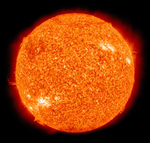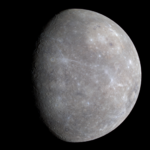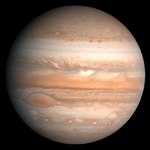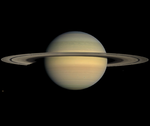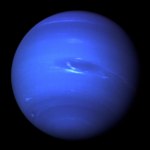Difference between revisions of "Gravitational Field Strength"
(Created page with "==Key Stage 3== ===Meaning=== '''Gravitational Field Strength''' is the force on an object per kilogram in a gravitational field. ===About...") |
(→Examples) |
||
| Line 17: | Line 17: | ||
| style="height:20px; width:200px; text-align:center;" |'''[[The Moon]]''' | | style="height:20px; width:200px; text-align:center;" |'''[[The Moon]]''' | ||
|- | |- | ||
| − | |[[File: | + | |[[File:TheSun.png|center|150px]] |
| − | |[[File:Mercury.png|center| | + | |[[File:Mercury.png|center|150px]] |
| − | |[[File:Venus.png|center| | + | |[[File:Venus.png|center|150px]] |
| − | |[[File:Earth.png|center| | + | |[[File:Earth.png|center|150px]] |
| − | |[[File: | + | |[[File:TheMoon.png|center|150px]] |
|- | |- | ||
| Line 36: | Line 36: | ||
| style="height:20px; width:200px; text-align:center;" |'''[[Neptune]]''' | | style="height:20px; width:200px; text-align:center;" |'''[[Neptune]]''' | ||
|- | |- | ||
| − | |[[File:Mars.png|center| | + | |[[File:Mars.png|center|150px]] |
| − | |[[File:Jupiter.png|center| | + | |[[File:Jupiter.png|center|150px]] |
| − | |[[File:Saturn.png|center| | + | |[[File:Saturn.png|center|150px]] |
| − | |[[File:Uranus.png|center| | + | |[[File:Uranus.png|center|150px]] |
| − | |[[File:Neptune.png|center| | + | |[[File:Neptune.png|center|150px]] |
|- | |- | ||
| style="height:20px; width:200px; text-align:center;" |3.7N/kg | | style="height:20px; width:200px; text-align:center;" |3.7N/kg | ||
Revision as of 17:29, 1 November 2018
Key Stage 3
Meaning
Gravitational Field Strength is the force on an object per kilogram in a gravitational field.
About Gravitational Field Strength
- On Earth gravitational field strength is 10 Newtons for each kilogram of mass (10N/kg).
- Different objects have different gravitational field strengths.
Examples
| Sun | Mercury | Venus | Earth | The Moon |
| 290N/kg | 3.7N/kg | 8.8N/kg | 9.8N/kg | 1.7N/kg |
| Mars | Jupiter | Saturn | Uranus | Neptune |
| 3.7N/kg | 24N/kg | 11N/kg | 9N/kg | 12N/kg |
